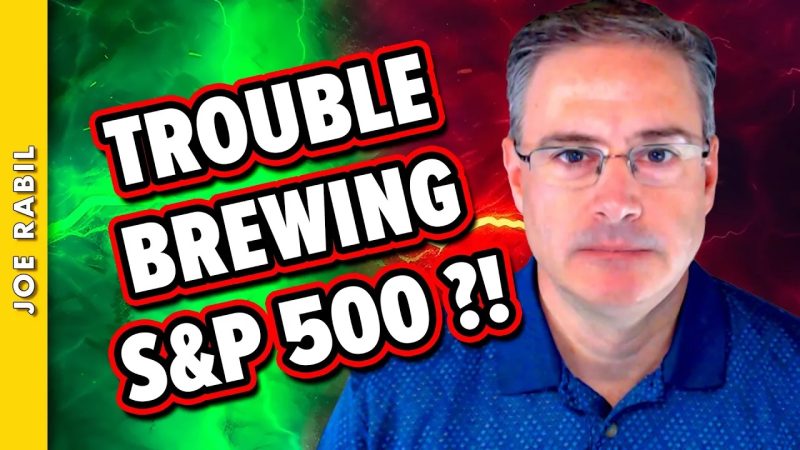The continuous fluctuation of the S&P 500 poses a significant challenge for investors and financial experts alike. As evident in the recent months, the market has been subjected to numerous ups and downs, prompting a growing concern for a possible downturn. To effectively navigate through these uncertain times, it is pivotal for investors to recognize and heed warning signs that could potentially signal an impending crash. By being vigilant and proactive in monitoring key indicators, individuals can better position themselves to mitigate risks and safeguard their investments.
One crucial warning sign to watch out for is the inverted yield curve. This phenomenon occurs when long-term interest rates fall below short-term rates, indicating a potential economic slowdown and recession. Historically, an inverted yield curve has often preceded stock market declines, making it a red flag for investors. By paying close attention to the yield curve’s movements and its impact on the market, investors can make informed decisions and adjust their investment strategies accordingly.
Another warning sign investors should be mindful of is high levels of market valuation. Excessive market valuations, such as high price-to-earnings ratios, may indicate that stocks are overvalued and ripe for a correction. When stock prices outpace their underlying earnings potential, it could signal an unsustainable market bubble that may burst in the near future. Keeping a close eye on valuation metrics and being cautious of irrational exuberance can help investors avoid significant losses during a market downturn.
Moreover, geopolitical events and policy changes can also serve as warning signs for a potential market downturn. Uncertainty surrounding global trade tensions, political unrest, or sudden policy shifts can create market volatility and trigger a sell-off. Investors should stay informed about geopolitical developments and be prepared to adjust their investment portfolios accordingly to minimize the impact of external factors on their returns.
Additionally, monitoring technical indicators, such as moving averages and trading volumes, can provide valuable insights into market sentiment and potential reversals. Sudden shifts in trading patterns or the emergence of bearish signals may indicate that market conditions are deteriorating and a downturn may be imminent. By utilizing technical analysis tools and staying attuned to market trends, investors can better anticipate market movements and make timely adjustments to their investment positions.
In conclusion, remaining vigilant and proactive in identifying warning signs of a potential S&P 500 downturn is essential for investors seeking to protect their portfolios and mitigate risks. By staying informed about key indicators, such as the inverted yield curve, market valuations, geopolitical events, and technical signals, investors can make informed decisions and adapt their investment strategies to navigate through uncertain market conditions successfully. Being alert and responsive to warning signs will help investors weather market downturns and position themselves for long-term financial success.




























